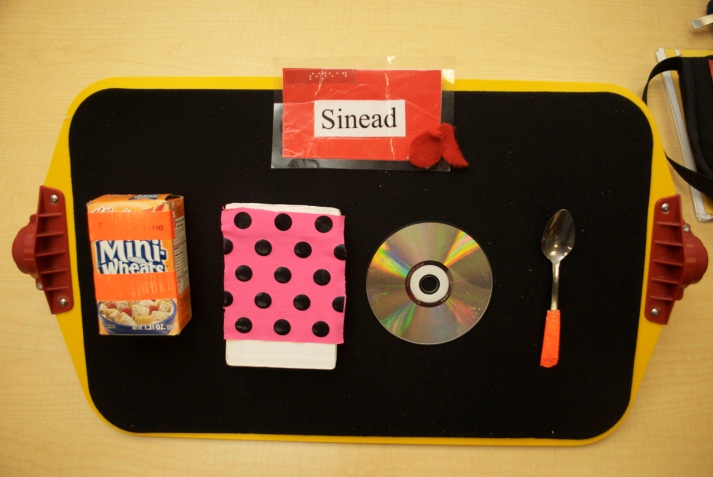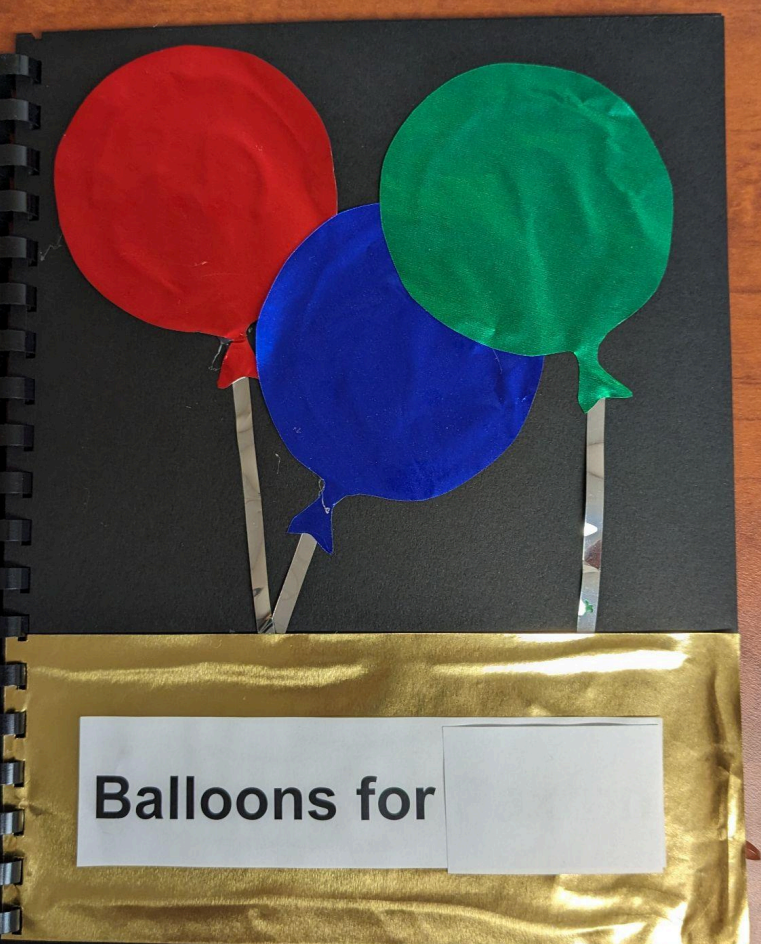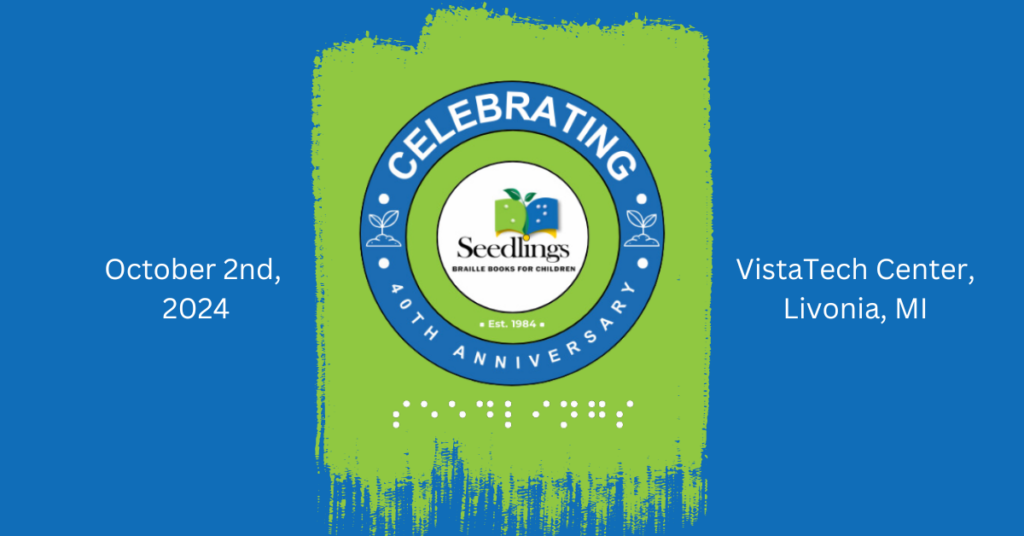What is a Calendar Box or Anticipation Calendar?
Calendar boxes provide a way to help children who are deafblind or blind or visually impaired with additional disabilities to anticipate what will happen in their day. Using real objects from the daily routine, each object can be used as an object of reference, or a way to refer to an activity. The objects are arranged in left to right sequence in the order in which activities take place.

How are objects selected for a Calendar Box?
In order for this to be successful, it is essential that the objects be meaningful to the individual child. For many children who have multiple disabilities, abstract symbolic representations may not be meaningful. For example, a matchbox school bus or car does not have anything to do with their own experience of riding in a bus or car. A more appropriate object might be the buckle of a seatbelt, as shown in the second box in the above photo.
Objects should be agreed upon by the members of the team, including the child’s family. This will help to ensure greater consistency across settings.
How is a Calendar System used?
It is important that enough time be built into the child’s day to be able to check the schedule box before and after each activity. Typically, the child and teacher go to the accessible location where the calendar box is stored and they find the first object on the left. Together they identify the item and its significance, using speech and sign language, as appropriate. For example, they might pick up a bathing suit and say/sign: “Bathing suit. Today is the day for swimming in the pool.” The teacher and student can then carry the item to the place where the activity will occur (in this case the pool or locker room) and continue to touch/look at the bathing suit and discuss the swimming activity. In this way, the bathing suit begins to take on meaning and to represent the activity itself. Similarly, a cup, spoon, diaper, book switch for computer can represent the activities which they represent.
Once the activity has been completed, the student and teacher carry the object back to the calendar box and place it in a special “finished” box to the right of the other boxes, saying and signing “finished”. They then take the next object out of the next box and repeat the process.
As students begin to associate the objects with certain activities, they may begin to use these same objects to refer to the activities, either to request them or to discuss them afterwards.
How can a student move on once the basic system has been mastered?
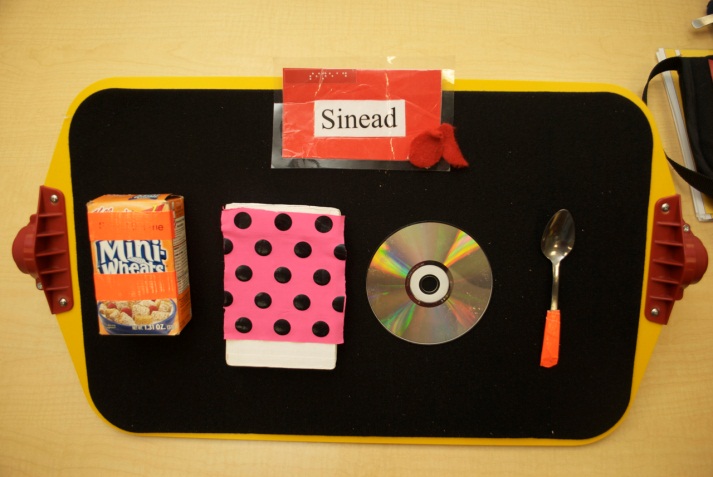
As students become familiar with this basic set up, they may begin to use slightly more abstract systems, which are still arranged in left to right sequence, but with partial objects or tactile symbols. It may also be desirable to design a more portable system, for ease of use throughout the day.
What type of calendar is appropriate for students with low vision?

With this system, after students have developed a clear understanding of the symbols, the print and symbols can be separated and students can begin to match the sight words of their schedules.
How is a calendar box or schedule system related to Literacy?
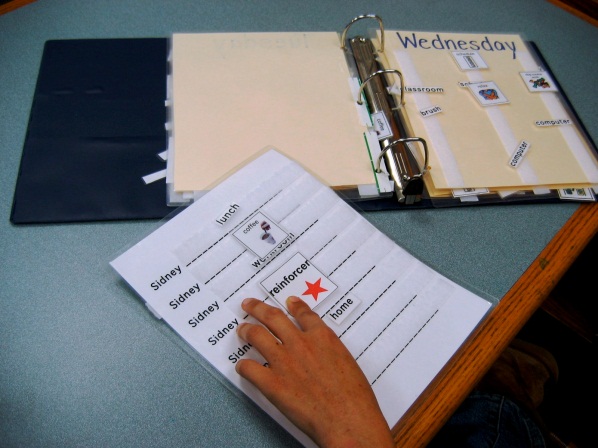
As students become more proficient, the system can be made more abstract, and it can also be used as a writing activity, in which the students place the words and symbols in the correct sequence.
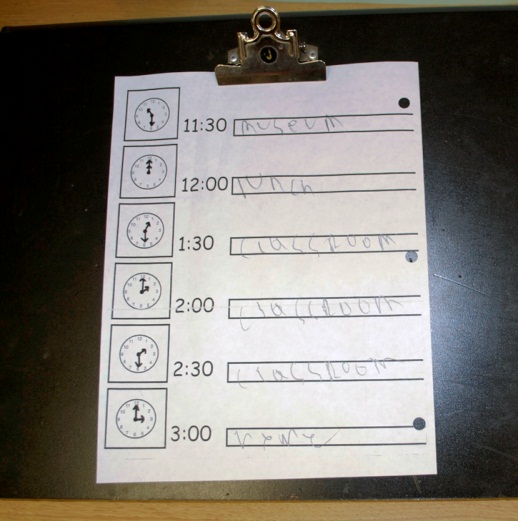
The schedule can also be used to help to teach concepts about time, becoming increasingly complex and abstract, as the student demonstrates a clear understanding of its meaning.
Where can I get more information?
- Calendar Systems, National Center on Deaf-Blindness
- Calendars, TSBVI
- Let Me Check My Calendar by Robbie Blaha and Kate Moss, TSBVI
- Developing Routines
- Calendars for Students with Multiple Impairments Including Deafblindness by Robbie Blaha, TSBVI (2001)
- Object Communication and Calendar Systems


